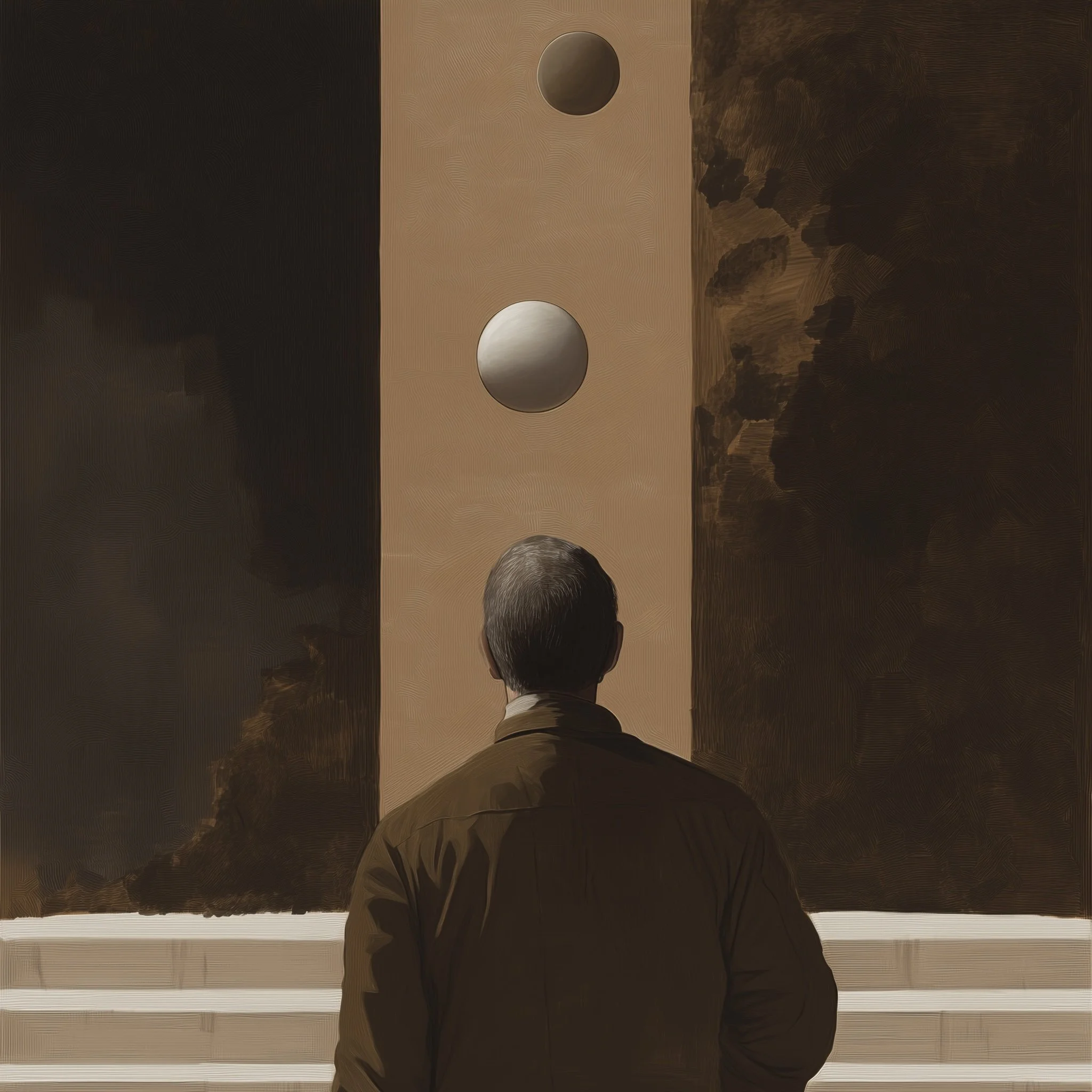The Archetype of Discovery: Choosing the Dreamer’s Experiment
JOURNAL ANNOTATIONS
520 words · 2 min readThis Journal Annotation was created for the We The Dreamer page. It extends the premise of The Dreamer Project — a creative, secular inquiry testing the hypothesis that consciousness is fundamental, that mind precedes matter. All other outcomes are secondary to this core experiment: observing what shifts when awareness is treated as the source of reality rather than its by-product.
Discovery has never been safe. It is the risk of stepping beyond the given, carrying others across thresholds that seemed impossible. To choose the Dreamer’s lens is to stand again at that frontier.
To call ourselves Dreamer is to join a lineage of re-seeing. Across science, philosophy, and even therapy, the same pattern repeats: perception shifts, and the world reorganizes.
Ancient Greek thinkers were among the first to imagine the Earth as round. Galileo turned his lens outward to reveal hidden worlds. In philosophy, Descartes grounded reality in thought; Kant showed that mind helps shape what appears. In modern life, Eckhart Tolle pointed to presence as a portal, Mel Robbins reframed control through letting go, and Dr. Becky Kennedy reminded parents to see the child’s mind beneath the behavior.
Each of these moments follows a familiar pattern: someone imagines beyond what is given, sees through the veil of “what everyone knows,” and risks stepping into the unknown. The What if? inside them was so insistent that they followed intuition into research, invention, or practice — often without reward, sometimes against reason. Most never lived to see the change they sparked. Yet their curiosity carried us forward.
We The Dreamer treats that same pattern as an open experiment — asking what happens when the lens itself becomes the field of study. It stands in continuity with that archetype, not as a mystical exception, but as a collective reminder that discovery is always a perceptual risk.
What if the greatest frontier left is not outer space or technology, but waking from the trance of separation into the awareness of a shared mind — or, in other words, realizing that all this might be a dream designed by an adventurous consciousness to explore itself by forgetting what it is?
In the Bibliothèque, you’ll find books that have shaped this line of inquiry — from Donald Hoffman to Annaka Harris — thinkers whose work reawakens that same curiosity for adventure in the mind. To take up this experiment is to continue humanity’s oldest tradition: to dream past the limits of the known and, in doing so, carry one another across the threshold of the impossible.
Further Reading.
Bibliothèque: Conscious by Annaka Harris — a lucid introduction to consciousness as fundamental mystery
The Structure of Scientific Revolutions by Thomas Kuhn — classic account of paradigm shifts and the courage to see differently
The Courage to Create by Rollo May — exploration of creativity as risk and discovery
Meta Note
This page is a living document. Last update: Oct 24, 2025
Connection: Extends the We The Dreamer page by situating the Dreamer within humanity’s archetype of discovery — reframing awakening as a continuation of our oldest perceptual inquiry. Updates in this version: Introduces the metaphor of the outward and inward lens (from Galileo to Descartes) to trace the lineage of “re-seeing.” Replaces historical social-justice analogies with examples rooted in science, philosophy, and modern perception studies (Tolle, Robbins, Kennedy). Clarifies the Dreamer Project’s premise as a creative, secular experiment testing consciousness as fundamental.
